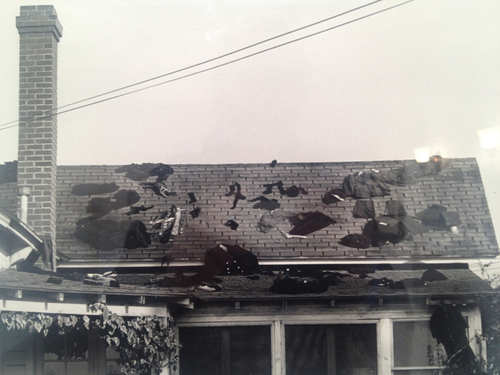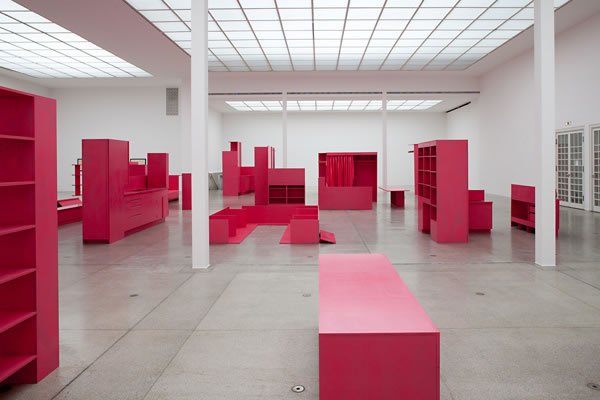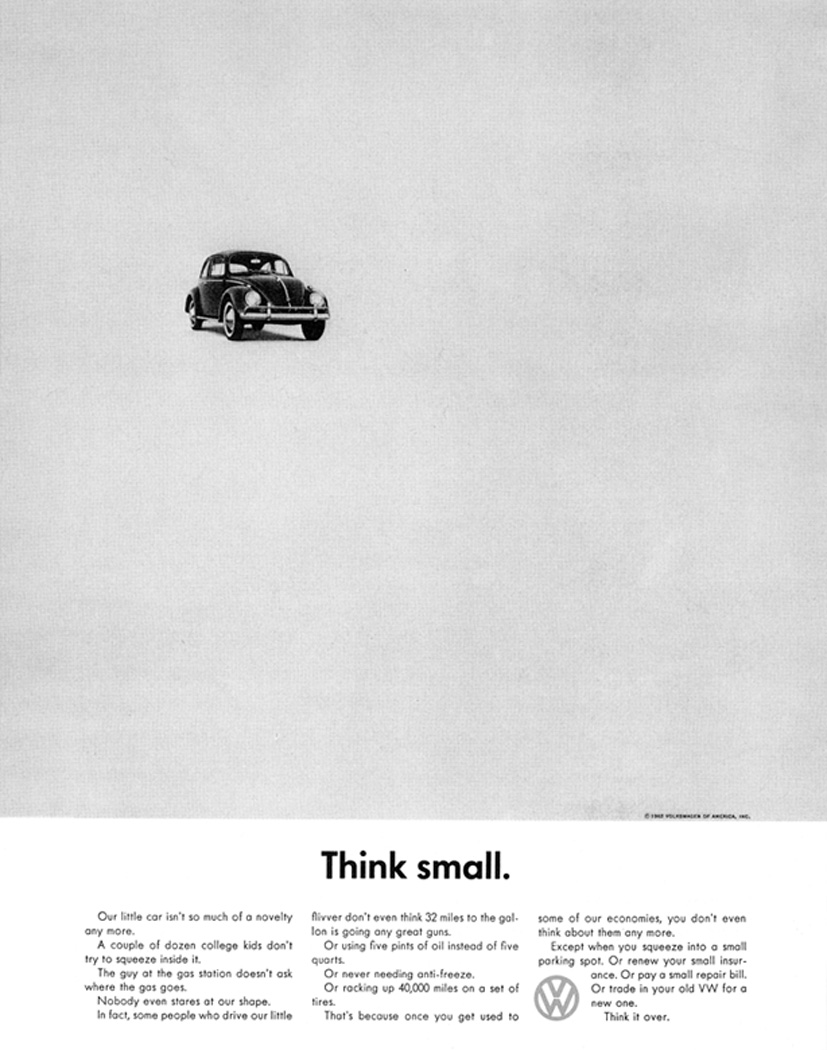
‘All my clothes’ (Los Angeles)’ (1970) by Bas Jan Ader


Stephen Prina, ‘As he remembered it’ (2011)
The point of departure for As He Remembered It is a memory from the 1980s, shared with artist Christopher Williams, of a fitted unit by architect R. M. Schindler that is taken out of its original context, painted, and recontextualized as an independent object.
To bring this personal anecdote to the Hauptraum of the Secession, Prina chose two now-demolished houses built in the early 1940s by R. M. Schindler in Los Angeles for Hilaire Hiler and Mrs. George (Rose) Harris. Using surviving plans and photographs, he had copies made of the fitted units, resulting in 28 objects that were then used as supports for monochrome painting—Prina painted them pink using “PANTONE Honeysuckle 2011 COLOR OF THE YEAR”—and restaged in a specially developed grid pattern in the Secession’s Hauptraum.

Michael Asher, ‘Think small’ (2010)
Asher’s piece is a reproduction of a 1959 print advertisement designed by Doyle, Dane, and Bernbach for the marketing of Volkswagen in the United States. “Think small” was the tagline in the ad and it became the concept of the campaign. Asher’s piece performs a kind of time travel, stretching back a half a century and replaying a historical campaign for our present consideration. When the “Think small” ads came out, America was firmly committed to a post-war economy perpetuated by the rapid growth of consumerism. Going against that grain, the “Think small” message encouraged investment in a reliable, affordable car rather than an oversized, flashy one. Visually and linguistically, the message of the campaign was to consume less, not more. Yet the ad’s critique of big consumerism performed well for corporate capitalism: many cars were sold, and the ad itself is credited with creating a sea change in the way advertising is created.

(the original ad – right-click and ‘view image’ for enlarging)
Warren Neidich
Warren Neidich, ‘Book exchange’ (2010)
Neidich designed this rotating book shelf to hold all the books Sarah Palin supposedly wanted censored from her local library in Wasilla Alaska. All these books were bought off the internet and placed on the shelf. The members of the community were sent an invite to come to the gallery carrying a red book which they were asked to exchange for one of the shelved books. When all the books have been exchanged for and the work becomes a red monochrome the work is completed.